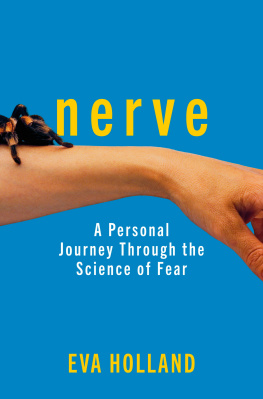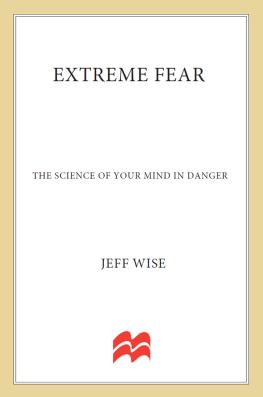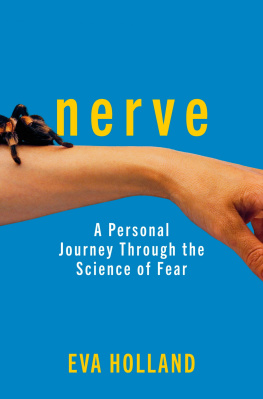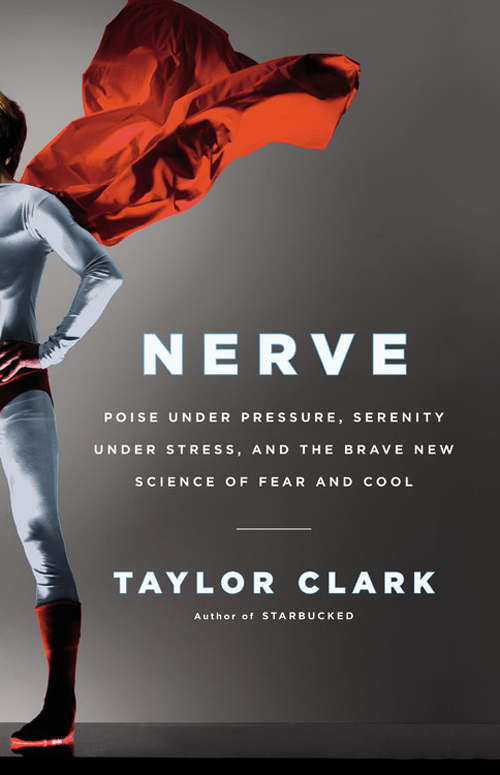Copyright 2011 Taylor Clark
All rights reserved. Except as permitted under the U.S. Copyright Act of 1976, no part of this publication may be reproduced, distributed, or transmitted in any form or by any means, or stored in a database or retrieval system, without the prior written permission of the publisher.
Little, Brown and Company
Hachette Book Group
237 Park Avenue, New York, NY 10017
Visit our website at www.HachetteBookGroup.com.
www.twitter.com/littlebrown.
First eBook Edition: March 2011
Little, Brown and Company is a division of Hachette Book Group, Inc.
The Little, Brown name and logo are trademarks of Hachette Book Group, Inc.
The publisher is not responsible for websites (or their content) that are not owned by the publisher.
ISBN: 978-0-316-12686-1
Starbucked: A Double Tall Tale of Caffeine, Commerce, and Culture
Anything scares me, anything scares anyone but really after all considering how dangerous everything is nothing is really very frightening.
GERTRUDE STEIN
O n the evening of October 27, 1962, as his debilitated submarine lay pinned deep below the Sargasso Sea by American destroyers, their thunderous depth charges shredding his nerves blast by earsplitting blast, Captain Valentin Savitsky of the Soviet Northern Fleet finally lost his cool. And when Valentin Savitsky lost his cool, the world itself nearly went to hell.
From the very moment Savitsky and his comrades first set sail, their mission had appeared to be doomed. The crews ordeal began three weeks earlier, when their vessel, B-59, departed from its frigid home port of Sayda Bay alongside three other Foxtrot-class submarines for what everyone aboard assumed would be a series of dull training exercises off the Siberian coast. The Soviet commanders, however, had been strangely vague about their orders; they gave each captain a set of secret instructions that were to be opened only at sea, and simply told them to turn left after they exited the bay. In truth, if these commanders had issued their cloak-and-dagger orders in person, the submarine crews might have gasped in disbelief: the four outdated diesel-electric subs, which had been designed only for operations in cold northern waters, were to race five thousand miles southwestavoiding detection all the whileand establish a spearhead for a future naval base near Havana, Cuba. With Soviet ballistic missile launch sites already sprouting up all over the Cuban mainland, B-59 was about to become a prop in a terrifying game of nuclear chicken between two stubborn superpowers: the Cuban Missile Crisis.
No one expected it to be a pleasure cruise, but even still, the Foxtrot quartets voyage southwest was exceptionally brutal. In order to hit their maximum speed and reach Cuba quickly, the Soviet boats (as submariners refer to their vessels) needed to sail on the waters surfaceright through Hurricane Daisy, which rocked the Atlantic Ocean with violent fifty-foot waves that would suddenly topple the vessels onto their sides. The tempest played havoc with the subs engineering systems, slamming air intake valves shut with enough force to create boat-wide vacuums that sucked the fillings out of the sailors teeth. Meanwhile, NATO tracking planes hunted them at every turn. When at last the four Soviet vessels reached the calmer tropical seas undetected, the crews thought the worst had passed. And thats when their submarines began to fall apart.
For the Foxtrot boats, the equatorial water may as well have been poison. Even five hundred feet below the surface, water temperatures hovered above 80 degrees Fahrenheit, and the tropical oceans contained more salt than the cold-water subs could handle; working together, the salinity and the heat gradually crippled the Soviet boats. Excess salt blocked coolant and air circulation systems, shredded rubber sealings, and incapacitated engines. The temperature in some sections of the subs soared above 120 degrees, giving the crewmen horrendous rashes and sapping their strength. My head is bursting from the stuffy air, wrote one sailor in his diary. Today three sailors fainted from overheating again. Those who are free from their shifts are sitting immobile, staring at one spot.
Despite the punishing conditions, the four Soviet submarines came tantalizingly close to reaching Cuba, when a puzzling radio transmission from Moscow directed them to turn around and go patrol the Sargasso Sea, due east of Florida. To the crews, this plan seemed pointless and suicidal; all of the radio reports they received from home were about mundane things like crop yields from the fall harvest, and thus they had no idea that an international crisis was afoot. Ironically, they found out about the nuclear standoff only after they intercepted transmissions of the Voice of America, the United States government radio servicebroadcasts that specifically outlined President John F. Kennedys determination to prevent Soviet submarines from operating in American coastal waters. As the Foxtrot captains soon learned, Kennedy had commanded the U.S. Navy to spare no effort in tracking down their four rickety boats.
On board B-59, things swiftly went from bad to worse. As the sub glided through the deeps of the Sargasso, its surface radar showed a dozen American blips chasing them: destroyers, aircraft carriers, Neptune patrol planes, helicopters, all dropping blinking sonobuoys into the sea to ferret out their position. Whenever B-59 surfaced for a moment to ventilate the boat and recharge its drained batteries, an American sighting inevitably forced them back down. The oppressive heat only intensified, and the crew wheezed and panted from the noxious, carbon-dioxide-rich air. The Soviet sailors, one man reported, were falling like dominoes. On October 27, after days of cat-and-mouse, a U.S. plane finally spotted B-59 breaching beneath an overcast sky. The American fleet immediately surrounded the beleaguered submarine as it dove below in a vain attempt to escape. Now, Savitsky and his crew found themselves not just trapped; to their shock, the Americans seemed to be attacking them. Days before, the Pentagon had sent a message to the Soviets, warning them that American ships would use harmless practice depth charges to signal the Soviet submarines to come to the surface. But with Soviet interpersonal communication skills being, shall we say, in need of polishing, the Soviet brass never relayed the message to the sub commanders. Instead, Savitsky and his crew believed they were taking part in the beginning of World War III.
So far, this tale probably sounds like any other tense encounter that occurred during the thirteen days of the Cuban Missile Crisis, and for decades, historians assumed that these American destroyers were merely harassing a few overmatched, wretched little submarines. Because the Soviets had sent such antiquated vessels, the Americans assumed they packed an antiquated punchstandard torpedoes, at best. But what the Americans didnt know about these four submarines could have destroyed the world: each Foxtrot sub carried one torpedo tipped with a fifteen-kiloton nuclear warhead, boasting the same explosive power that leveled Hiroshima. If fired, one of these torpedoes could annihilate everything within a ten-mile radius. Whats more, the Soviet commanders had given the submarine captains vague, even ominous instructions for using the warheads. In a briefing before their departure, one official told the captains to fire the nuclear torpedoes only if the Americans blew a hole in their hull or if they received direct orders from Moscow, but added, I suggest to you, commanders, that you use the nuclear weapons first, and then you will figure out what to do after that. Another admiral went one step further. If they slap you on the left cheek, he said, do not let them slap you on the right one. By harassing










